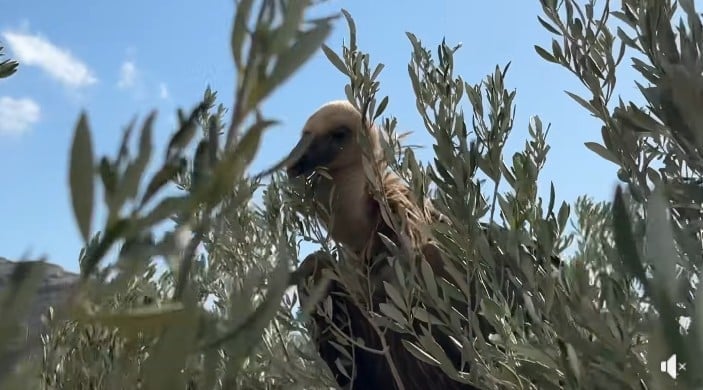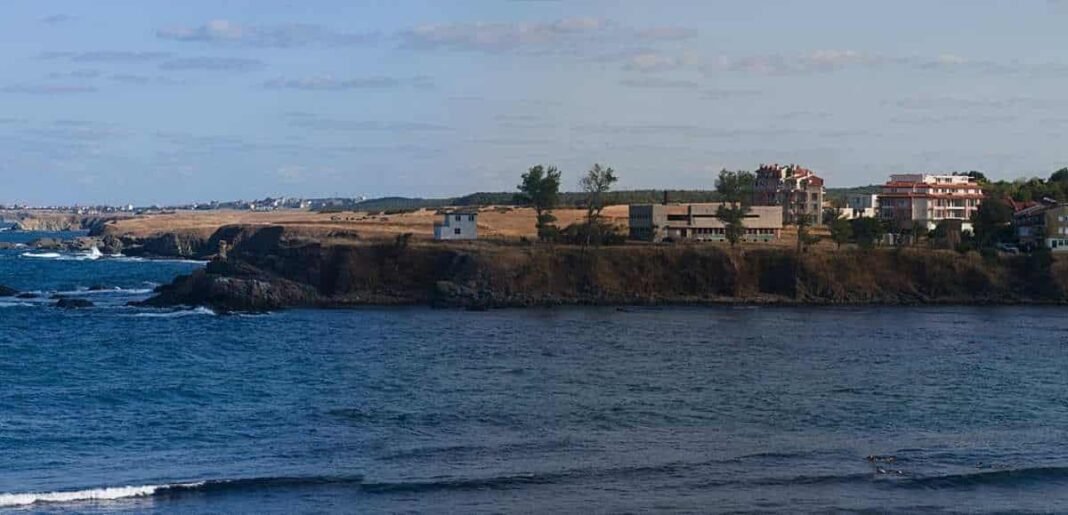
A dramatic rescue unfolded at the well-known stray dog shelter run by Takis Proestakis near Ierapetra, Crete, after a large vulture, appearing exhausted or ill, landed directly among the stray dogs housed there.
The majestic bird was initially spotted spending several hours perched high on a tree overlooking the shelter’s dog area.
Watch the video here:
https://www.facebook.com/reel/1365974524918053/
It eventually descended, settling motionless on the ground amongst the barking, curious dogs, creating a tense and perilous standstill.
After a few anxious minutes, Proestakis took quick action to safely capture the raptor. Using a large net, he secured the vulnerable bird, which was then immediately transported to a local veterinarian for a thorough examination and necessary medical attention. There is currently no official update on the bird’s condition.
Watch the dramatic video here:
https://www.facebook.com/reel/2762911057382407
Takis Proestakis, a former Greek businessman in the town of Ierapetra, Crete, gave up his comfortable life to devote himself to caring for abandoned dogs and cats at his shelter.
Vultures are common on Crete
While such an encounter is unusual, the presence of vultures on Crete is highly significant. The island is one of Europe’s most important habitats for these magnificent scavengers, specifically hosting the world’s largest island population of Griffon Vultures and the last remaining breeding population of the Bearded Vulture (or Lammergeier) in the Balkans.
Griffon Vulture (Gyps fulvus): This is the most common species on Crete, with a healthy population estimated to be over 1,000 individuals. These massive birds, with a wingspan of up to 2.6 meters, are frequently seen soaring above the island’s mountain ranges like the Lefka Ori and Psiloritis. They play a vital ecological role, acting as the island’s “clean-up crew” by feeding on the carcasses of livestock.
Bearded Vulture (Gypaetus barbatus): This species is critically endangered and extremely rare. Crete holds the only breeding pairs left in southeastern Europe. These vultures are unique in that their diet consists primarily of bones, which they drop onto rocks from a great height to crack open.
The bird rescued at the shelter was likely a Griffon Vulture due to their higher population numbers. Finding a vulture on the ground, especially in a developed area, is a strong indication of illness, injury, or severe exhaustion, which is why its immediate rescue was critical.
Related: Greeks Fight to Protect Majestic Rare Vulture


